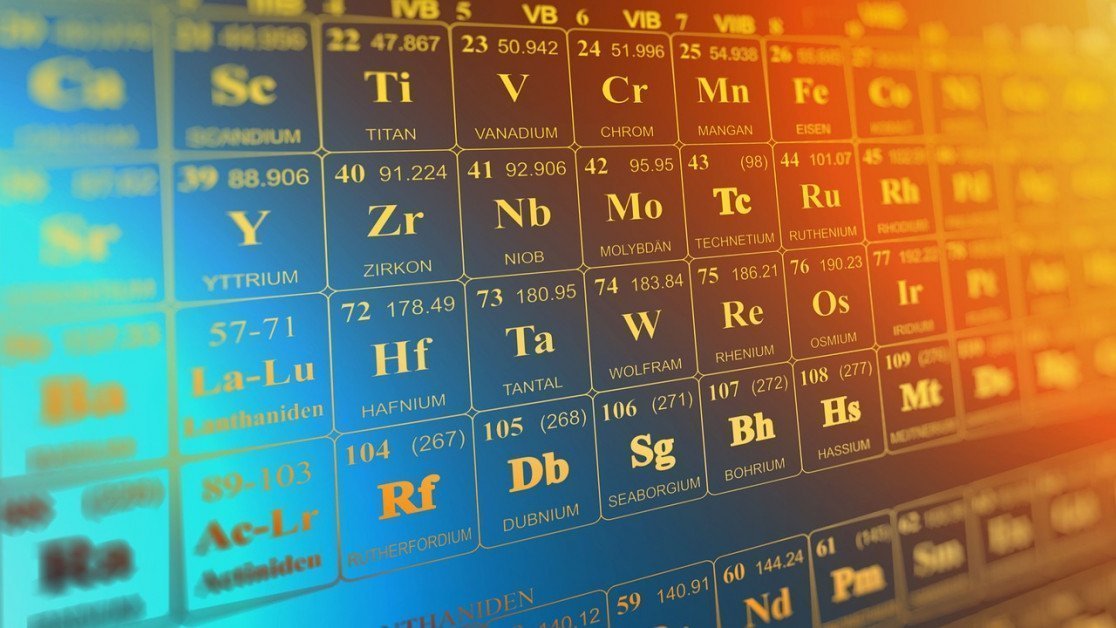Artificial Intelligence
AI Tool Leads to Discovery of Four New Materials

A team of researchers at the University of Liverpool has developed a collaborative artificial intelligence (AI) tool that reduces the time and effort needed to discover new materials. The new AI has already led to the discovery of four new materials.
The research was published last month in the journal Nature Communications.
Discovering New Materials
The four new materials discovered by the AI include a new family of solid state materials that conduct lithium. These solid electrolytes will be crucial to the development of solid state batteries that offer long range and increased safety for electrical vehicles.
AI and human knowledge are combined by the tool in order to prioritize parts of unexplored chemical space. It is in these areas where new functional materials are most likely to be found.
It is extremely difficult, risky, and complex to discover new functional materials given the infinite space of possible materials that are accessible by combining all of the elements in the periodic table. This is often a long process and it is unknown where new materials exist.
The AI tool examines the relationships between known materials at a massive scale, and these relationships are used to identify and numerically rank combinations of elements that are likely to create new materials. The scientists then use the rankings to guide their exploration of the unknown chemical space in a targeted way, which makes the experimental investigation more efficient. The scientists pair their own perspective with that of the AI’s in order to make their decisions.
Professor Matt Rosseinsky is lead author of the paper. He led the team of researchers from the University of Liverpool’s Department of Chemistry and Materials Innovation Factory.
“To date, a common and powerful approach has been to design new materials by close analogy with existing ones, but this often leads to materials that are similar to ones we already have,” Rosseinsky said.
“We therefore need new tools that reduce the time and effort required to discover truly new materials, such as the one developed here that combines artificial intelligence and human intelligence to get the best of both.
“This collaborative approach combines the ability of computers to look at the relationships between several hundred thousand known materials, a scale unattainable for humans, and the expert knowledge and critical thinking of human researchers that leads to creative advances.
“This tool is an example of one of many collaborative artificial intelligence approaches likely to benefit scientists in the future,” he continued.
New Technological Possibilities
One of the limitations that hinders society’s ability to solve global challenges like energy and sustainability is that our capabilities to design and make materials with targeted functions are still not where they need to be.
Newly discovered materials can help in the creation of new technologies that can be used to solve global problems. One single material carries the potential to drastically transform our lives, and by accelerating their discovery, we inch closer to brand new technological possibilities.














